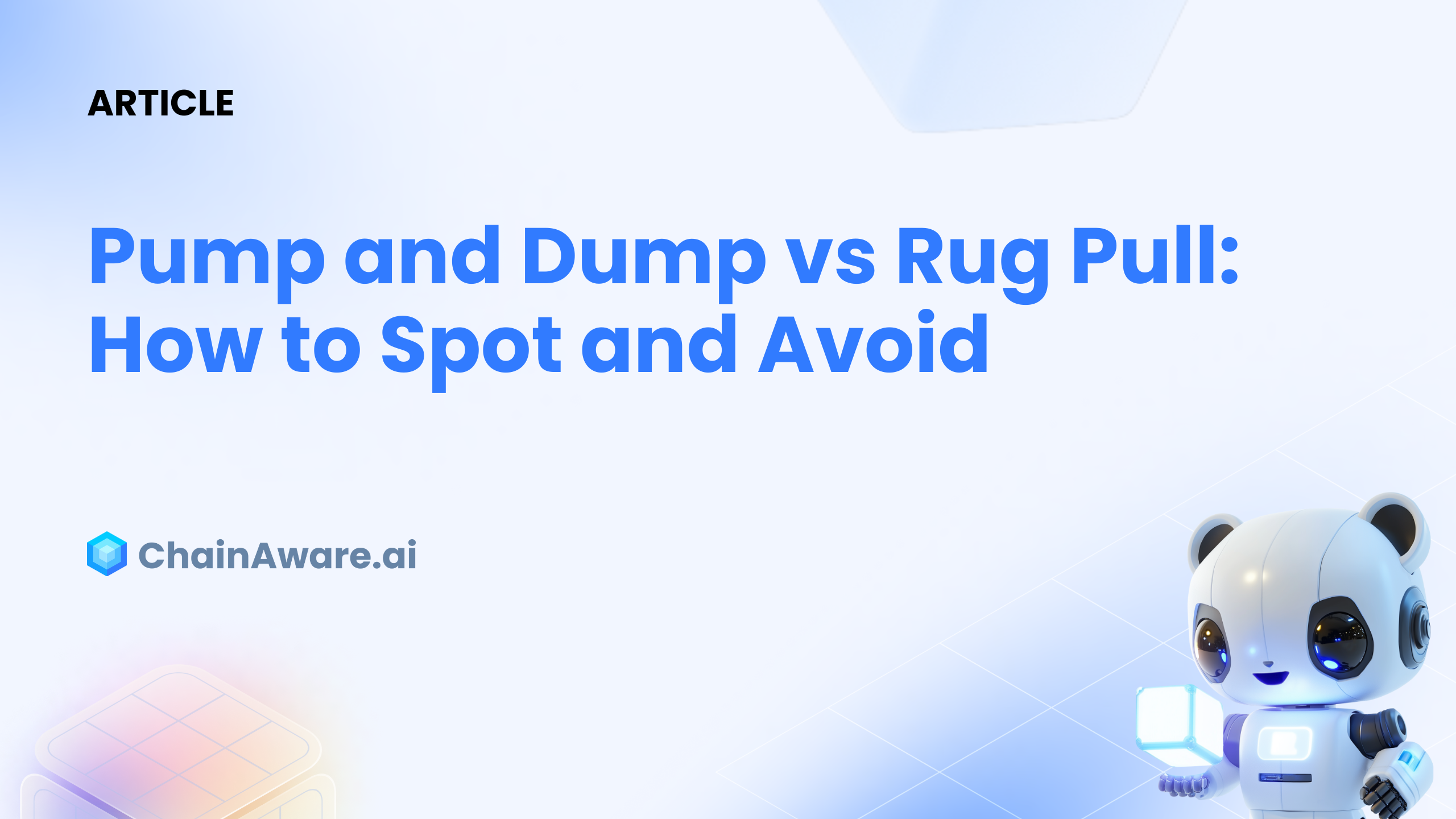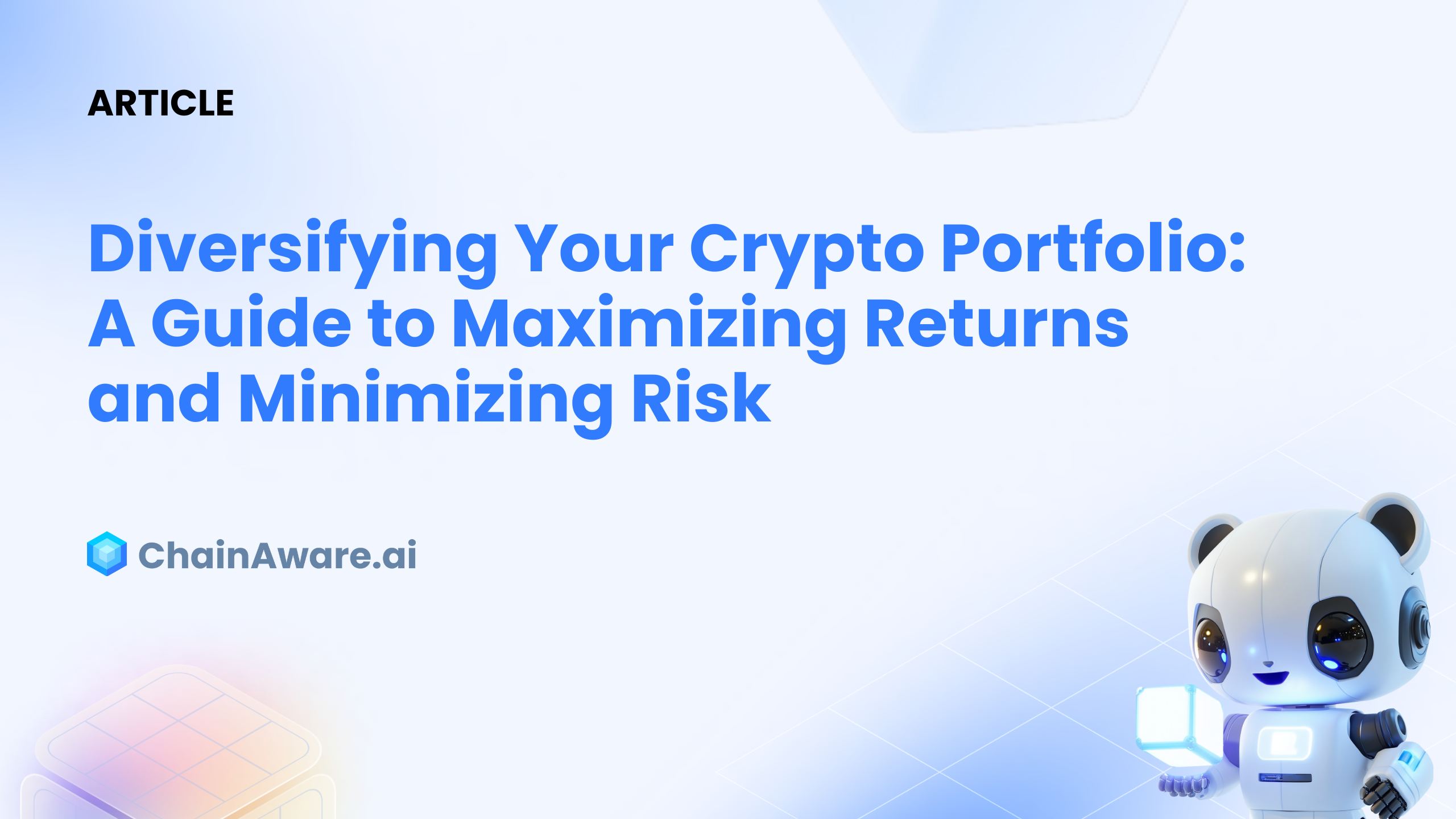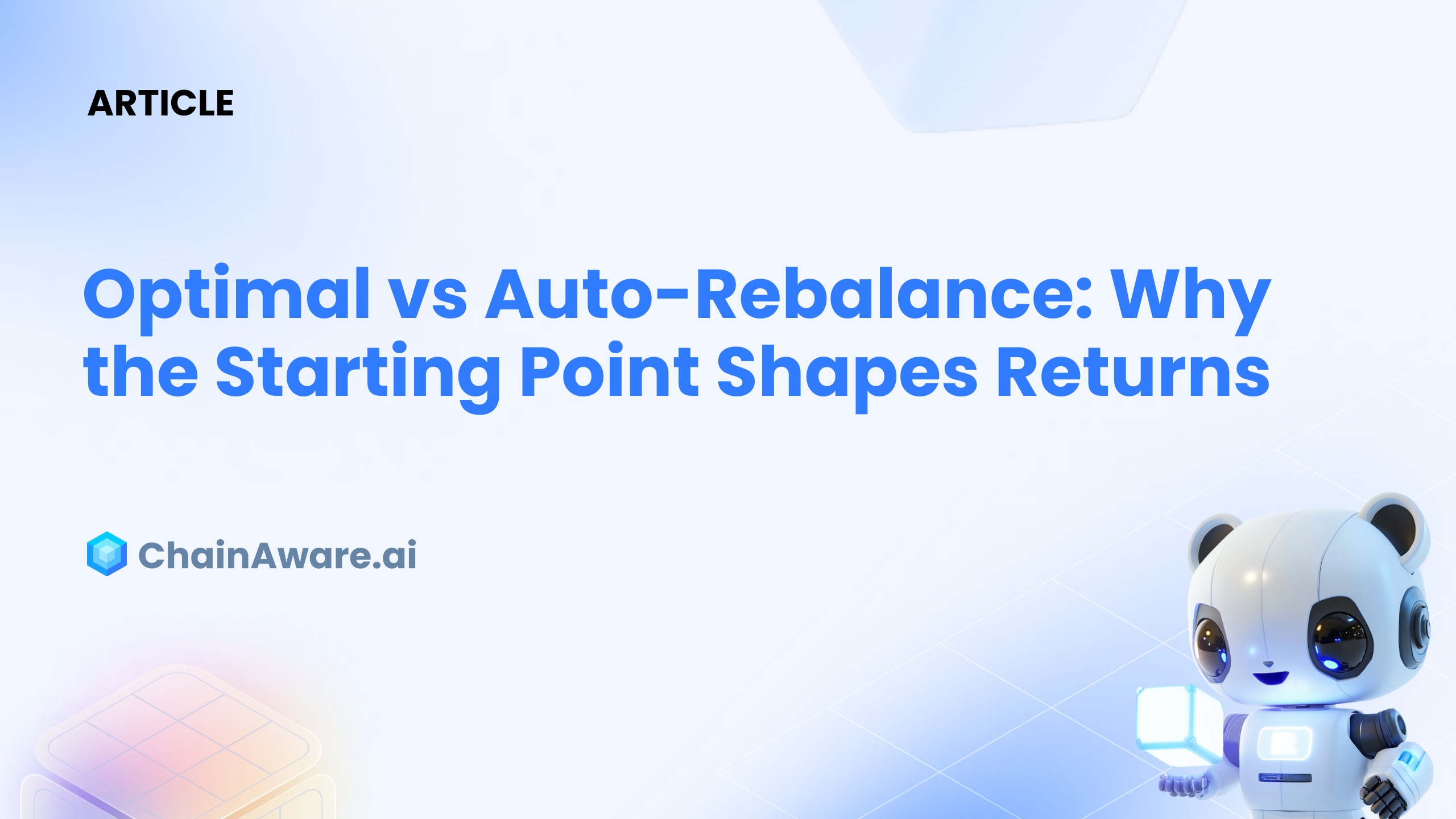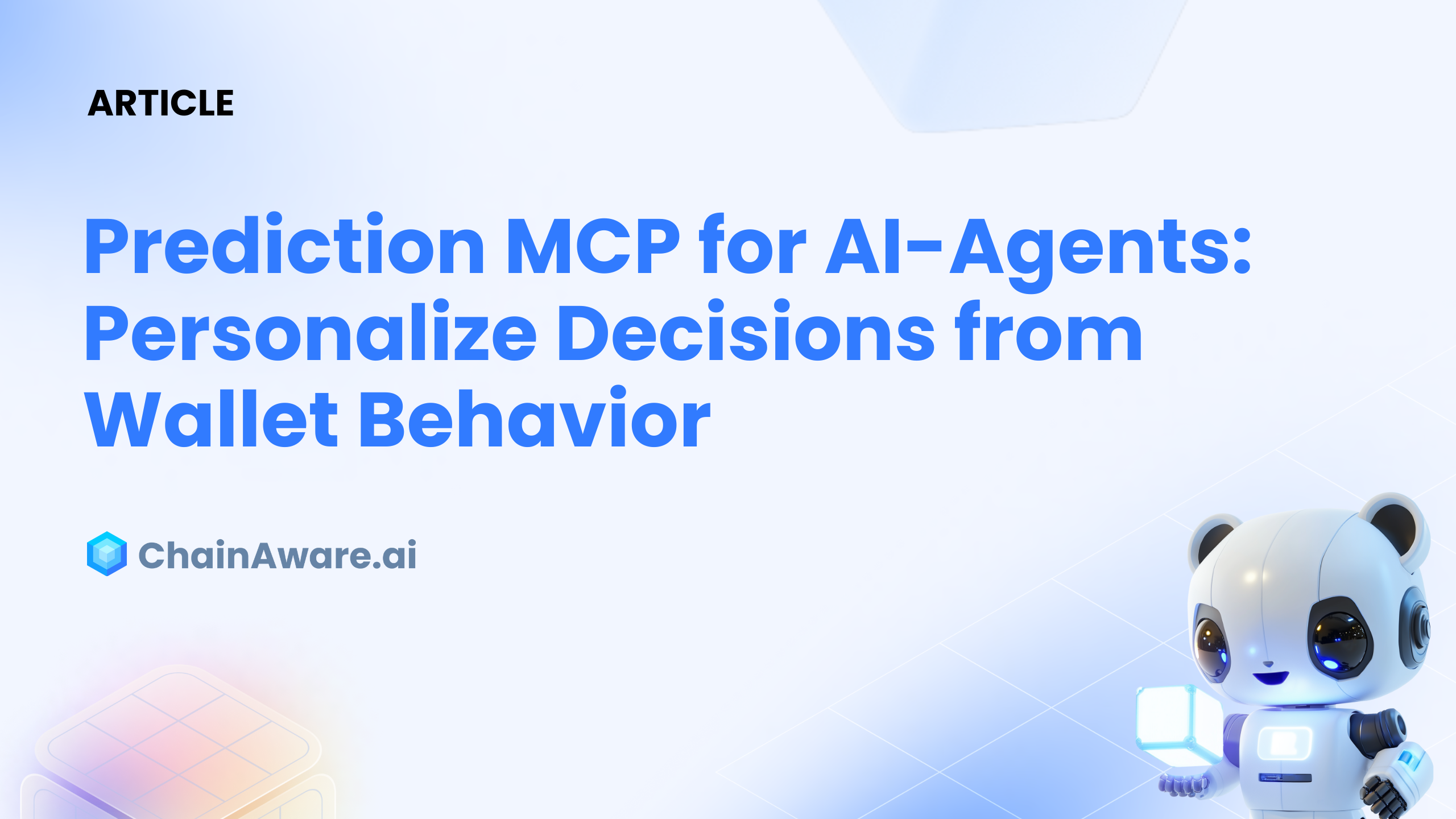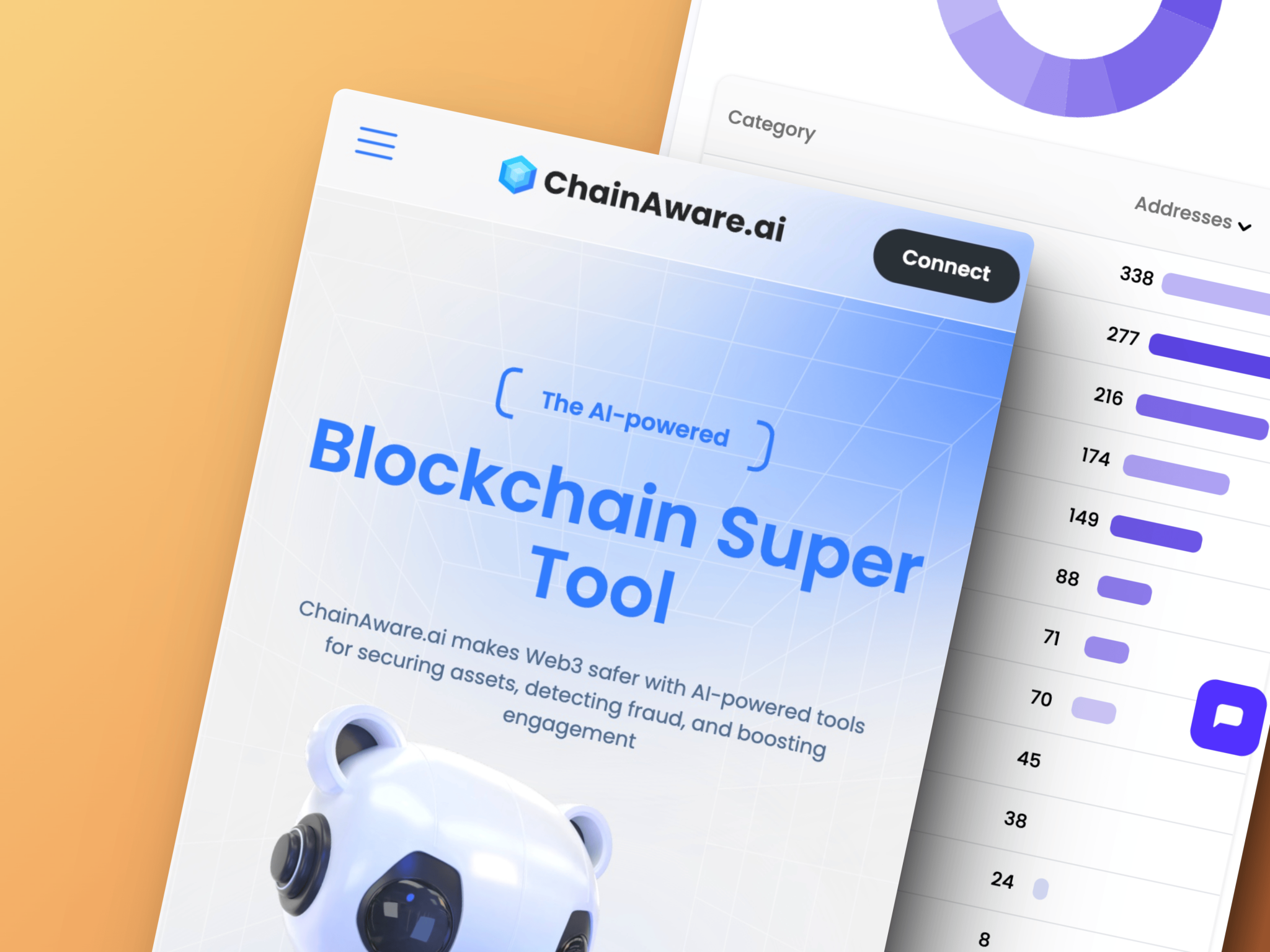Getting an unfair start is easy in crypto; unless you know the signs. For new investors comparing pump-and-dump schemes and rug pulls, the lines can blur. Both scams can wipe out a portfolio overnight, but they operate in very different ways.
This guide breaks down each scheme, highlights the critical red flags, and shares practical strategies to help you navigate the crypto market with greater confidence.
What Is a Pump and Dump?
A pump-and-dump is an organized price-manipulation scheme. Insiders “pump” a low-liquidity asset with aggressive marketing or false news, then “dump” (sell) their holdings once retail demand pushes the price higher. After the insiders exit, the token’s value collapses, leaving late buyers with heavy losses.
Key Characteristics of Pump-and-Dump Schemes:
- Coordinated Hype: Sudden, intense promotion on social media (Telegram, X, Discord) by a group of influencers.
- Volume Spikes: A sharp increase in trading volume without any corresponding fundamental news or project developments.
- Insider Wallets: A small number of wallets (whales) hold a large percentage of the token supply.
- Short Timeframe: The entire cycle, from pump to crash, often lasts only hours or days.
Real-World Impact:
A 2022 study by researchers at the University of Technology Sydney found that over 355 organized pump-and-dump schemes on the Discord and Telegram platforms resulted in trading volumes exceeding $7 million, illustrating the significant scale of this manipulation.
What Is a Rug Pull?
A rug pull occurs when project developers drain liquidity or abandon a protocol after collecting funds from investors, leaving the associated token worthless. Think of it as a complete exit scam disguised as a legitimate project launch.
Types of Rug Pulls:
- Liquidity Pull: Founders withdraw all tokens from a decentralized exchange’s liquidity pool, making it impossible for others to sell.
- Token Minting: Developers secretly mint a massive number of new tokens and sell them on the open market, diluting the value for all other holders.
- Restricted Selling: The smart contract code is written to prevent anyone except insiders from selling the token.
Notorious Rug Pull Case Studies:
- Squid Game Token (2021): Capitalizing on the hit Netflix show, this token implemented an anti-selling mechanism. Its price soared from pennies to over $2,800 before developers pulled the liquidity, causing the price to crash to near zero in minutes and costing investors an estimated $3.3 million.
- AnubisDAO (2021): This project raised nearly $60 million in ETH from investors for a new token. Twenty hours later, the funds were abruptly drained from the liquidity pool and sent to different wallets, leaving the token worthless.
- Memecoin Scams (2024): On-chain analytics firm Blockaid reported that in the first few months of 2024, at least 50% of presale tokens launched on the Solana network were malicious, with many ending in rug pulls that drained millions from investors.
Read: 2021 Squid Game cryptocurrency scam
Pump and Dump vs. Rug Pull: The Core Differences
Although both scams end in a crash, they differ in their mechanics and timing.
| Feature | Pump and Dump | Rug Pull |
| Control Point | Market sentiment and hype | Smart contract or liquidity pool control |
| Manipulators | Coordinated groups of whales & promoters | Project founders/developers |
| Timeline | Hours to days | Days to months |
| Victims’ Illusion | Belief in a “going to the moon” price surge | Belief in a legitimate, long-term project |
| On-Chain Sign | Large token transfers to exchanges before the dump | Contract ownership is not renounced; liquidity is unlocked or controlled by the team |
The Role of Liquidity
Pump-and-dump operators exploit tokens with low liquidity (thin order books) to easily manipulate the price. In a rug pull, the developers own the liquidity pool and can remove it entirely.
The Role of Marketing and Hype
Pump groups rely on short, intense marketing blitzes. Rug pulls often invest more time in building a facade of legitimacy, creating professional websites, publishing fake audits, and even revealing founders’ identities (doxxing) to build trust before they disappear.
Red Flags and Early Warning Signs
Based on analyses of thousands of tokens, the warning signs below can help you identify a potential scam before it happens.
On-Chain Indicators:
- A large percentage of the token supply or liquidity pool is held by the creator’s wallet.
- The smart contract contains suspicious functions, such as high transaction taxes, swap size limits, or the ability to blacklist wallets.
- The project’s liquidity is not locked in a time-locked contract, meaning developers can withdraw it at any moment.
- The smart contract ownership has not been renounced, giving the creator full control to make malicious changes.
Off-Chain Indicators:
- An anonymous team with no verifiable track record or public history.
- A whitepaper with vague, plagiarized, or generic content.
- Community channels (Discord, Telegram) where critical questions are deleted and users who ask them are banned.
How to Protect Your Portfolio
A layered defense is the most effective approach.
Due Diligence Checklist:
- Audit with ChainAware.ai: Our Predictive Rug Pull Detector is a free AI-powered tool with a 98% accuracy in forecasting potential rug pulls in the cryptocurrency market.
- Read the Contract: Use a blockchain explorer like Etherscan or BscScan to review the token’s contract code and holder distribution.
- Verify Liquidity Lock: Check if the project’s liquidity is locked using a trusted third-party service like UniCrypt or Team.Finance.
- Check Social Sentiment: Look for genuine community engagement, not just bot-driven hype. Are tough questions being answered transparently?
- Diversify: No single trade should represent a large percentage of your capital. Prudent position sizing is crucial.
Using Automated Tools
On-chain analysis tools can provide an instant layer of security. Platforms like DEXTools, Bubblemaps, and other token analyzers can help you visualize wallet distributions and flag suspicious contracts. Many offer free features that scan a token’s smart contract for common rug-pull red flags, providing a “trust score” in seconds.
The Regulatory Environment
Global regulators are increasing their scrutiny of the crypto space. In its 2024 fiscal year, the U.S. Securities and Exchange Commission (SEC) brought 802 enforcement actions, many of which targeted pump-and-dump schemes and fraudulent crypto offerings.
Meanwhile, new frameworks like Europe’s Markets in Crypto-Assets (MiCA) regulation will impose stricter due diligence requirements on crypto exchanges, aiming to enhance investor protection. However, the decentralized and global nature of DeFi presents jurisdictional challenges, as anonymous founders can still exploit regulatory gaps.
Future Outlook: Can These Scams Be Eliminated?
While full eradication is unlikely, the risk can be significantly reduced as better tools and industry standards become more widespread. The rise of on-chain analytics and mandatory code audits is making it harder for scammers to operate undetected.
Pump-and-dump and rug-pull scams exploit different weaknesses but share one outcome: investor losses. By understanding their mechanics, spotting on-chain and social cues early, and using objective analysis tools, you can trade defensively and stay ahead of manipulators.
